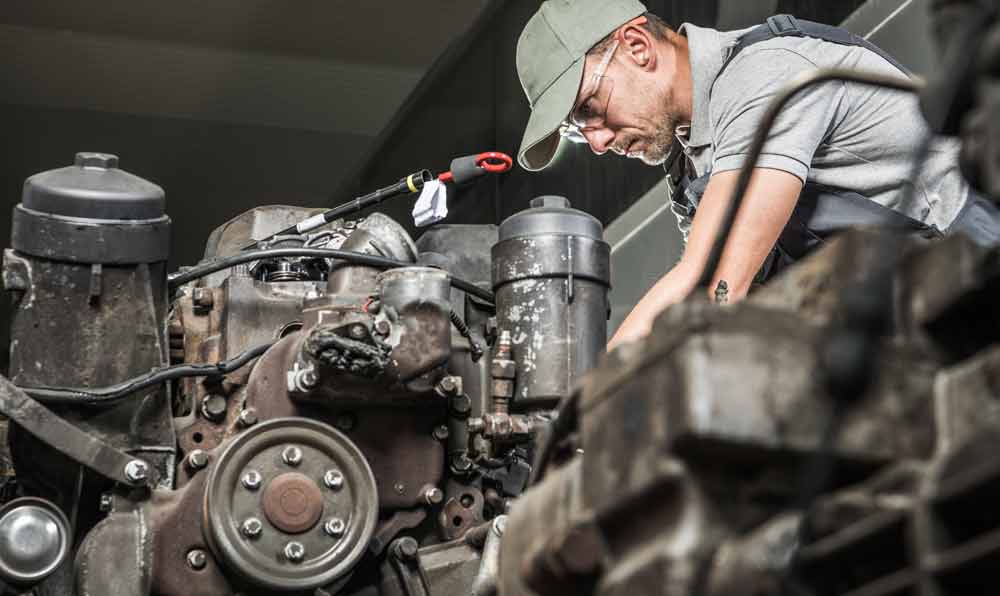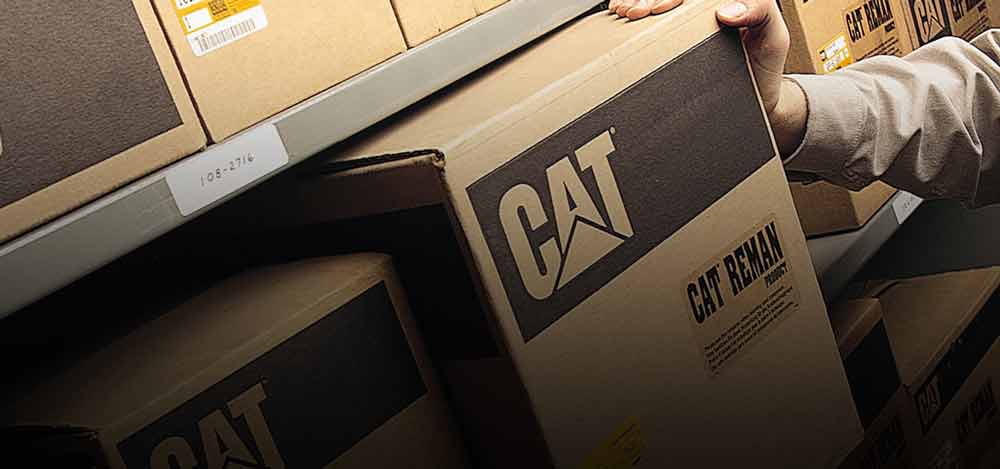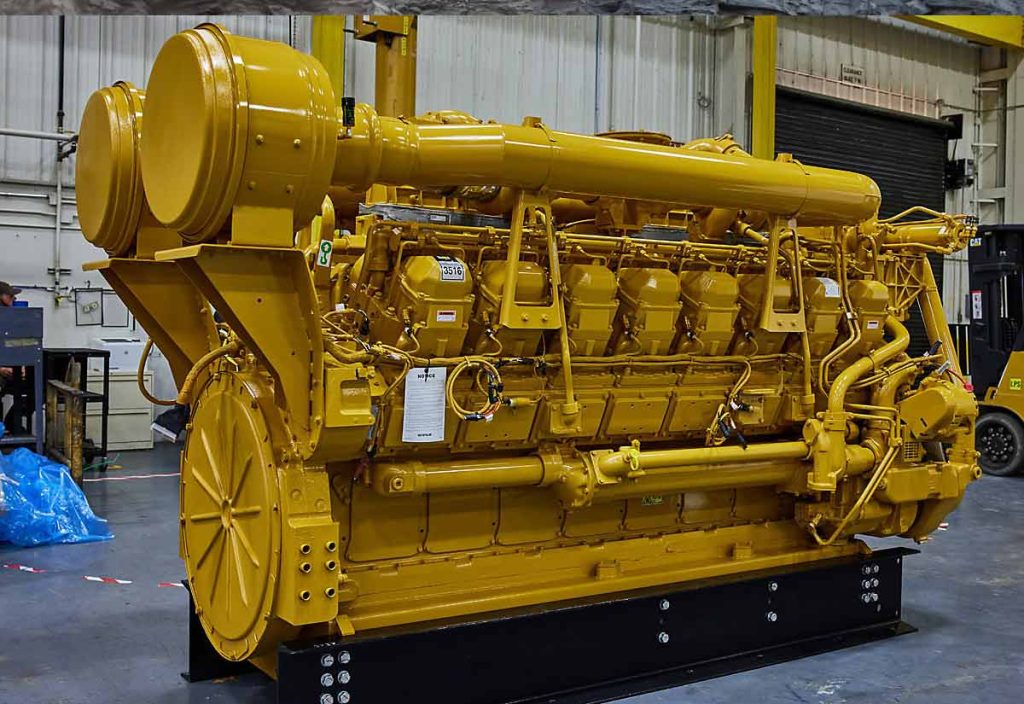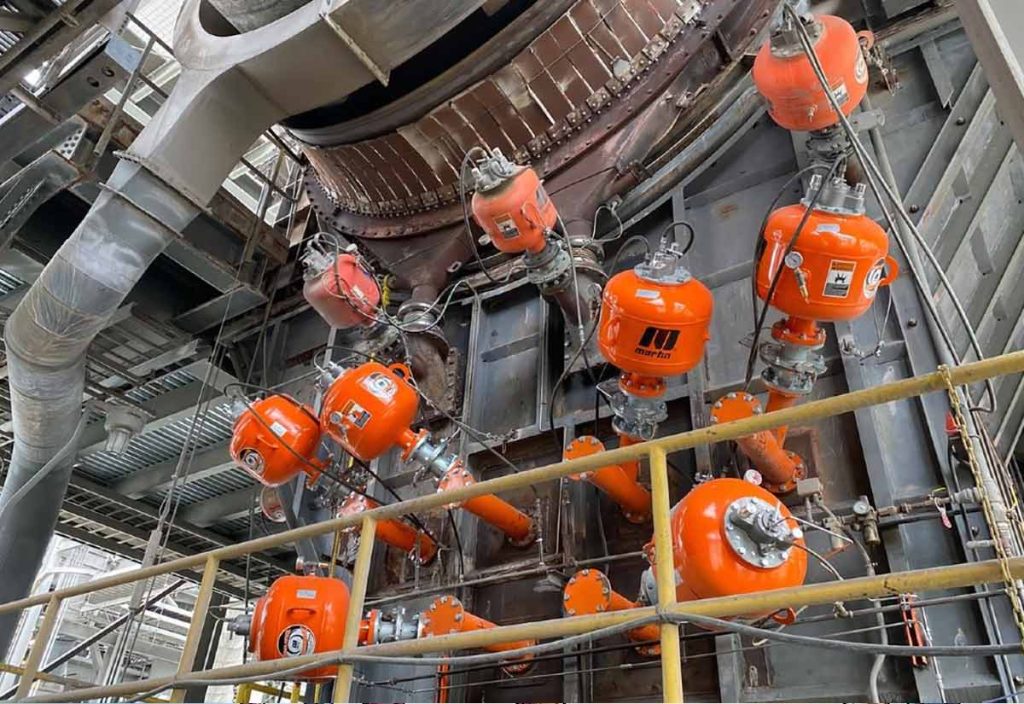The venerable diesel engine, the workhorse relied upon to liberate and move massive quantities of those “green machine” minerals and metals in the first place, may be more sustainable than a gullible public has been led to believe when material recycling, longevity, and durability are factored into the equation. Remanufacturing can resurrect an old diesel engine to benefit both heavy industry and the environment.
Sustainability, recycling, and the notorious “carbon footprint” have become the dominant benchmarks for 21st Century “green” strategies. But all too often the ubiquitous “all-electric” movement relies on various short-lived components, manufactured with precious but disposable, toxic parts such as lithium batteries with hazardous cobalt, all while gobbling up an expensive assortment of precious “magnet metals” such as platinum and palladium.
While green engineering struggles with charging degradation, lack of support infrastructure, and rather feeble horsepower, the good old diesel engine just keeps on trucking, and the tradition of diesel remanufacturing is the epitome of environmental responsibility.
Remanufacturing For Sustainability and Cost-Effective Performance
April 13, in case you missed it, was Global Reman Day, promulgated by the Remanufacturing Industries Council. According to the council, “Global Reman Day is a day to advance the remanufacturing industry through remanufacturer-hosted events and workforce development initiatives.”
Remanufacturing has evolved as a vital part of the diesel engine manufacturing strategy, a cost-effective attribute of diesel engines that dealers, distributors, and heavy industry customers need to consider; if not for environmental friendliness than most certainly for responsible capital expenditures.
Remanufacturing of old diesel engines to “better than new” condition in many cases, is one of the lesser publicized attractions of the numerous valuable attributes of diesel engines. With new fuels and environmentally responsible diesel technologies now available, it’s important for heavy industry decision-makers to evaluate equipment life cycles while factoring in cost of ownership, on-site performance, maintenance, and OPEX for the industries that keep the world up and running including:
- Commercial trucking and logistics
- Global marine shipping
- Railroad locomotives
- Farm and construction equipment
- Mining and quarrying machines
- Aggregates and mineral processing
The Case For Remanufactured Diesel Engines
“Remanufacturing uses significantly less raw materials like iron ore, aluminum, and other metals, and overall, less energy, which also means fewer greenhouse gas emissions.” – DieselForum.Org
Diesel engines have long been designed from the ground up with remanufacturing for extended “like new” lifecycles in mind, with reliability and durability as priority design parameters. At present electric motor technology still struggles with relatively short life cycles, charging degradation limits, and ever more essential, costly, and even hazardous “battery metals”. All this to end up with somewhat lackluster performance at the job site.
We were amused to see Volvo’s pitch for their electric wheel loaders restricted to 10 mph, a speed limit imposed to ensure that the battery-powered loaders could squeak their way through a meager 8 hour shift. The self-appointed green leader Volvo makes no mention of the effect this would have on industry operators under the gun to meet ambitious production quotas in a world where civil construction and demand for mined minerals and aggregates is experiencing unprecedented booms.
Unlike electric-powered machines, diesel engines are built from the start to last thousands of hours, and go for hundreds of thousands of miles. When oil and fuel consumption rise beyond acceptable limits, or loss of power occurs, diesel owners can take action to reboot the life cycle of the engine, often while it’s still in place in the heavy equipment it powers.
A Standardized Industrial Process For Resurrecting Worn Out Diesel Engines
As part of an effective preventive maintenance strategy, diesel engines can be rebuilt and resurrected with new internal components. Bearings, valves, cylinder liners and piston rings can be replaced to restore equipment to the original manufacturer performance specifications. And even the old worn-out components have value.

There is No Junk in an Old Diesel Engine
Worn diesel engine parts are manufactured from valuable metals which are fully recyclable. Brand new products, such as electric motors and lithium-based batteries, all require an exorbitant amount of raw materials and energy. Remanufacturing a diesel engine uses far fewer quantities of raw materials such as iron, aluminum, and other essential metals.
New components ripe for remanufacturing old diesel engines include:
- Engine blocks
- Bearings
- Heads
- Valves
- Cylinder liners
- Piston rings
The standardized process for remanufacturing results in “same as new” or better than new performance and meets technical engineering and quality standards set by the manufacturer to provide a fully warrantied product.
Cutting Diesel Equipment Costs Without Cutting Corners
Nearly all the major players in diesel powered equipment manufacturing offer cost-effective “reman” products for their customers. The Diesel Technology Forum lists the leaders in remanufacturing including Caterpillar, John Deere, Isuzu, GM, Cummins, Volvo, and more.
Caterpillar, for one example, offers 7,600 Cat Reman parts all made from genuine Cat materials and available off the shelf at the local Caterpillar dealer, as they’ve done since establishing their reman processes way back in 1973.
The company’s remanufactured products are designed to help heavy industry operations waste less time and money on maintenance and get more value out of diesel investment by significantly extending service life and reducing the cost of ownership.
Caterpillar is quick to mention that their remanufacturing program helps keep high-value raw materials such as iron in productive use and helps extend the value of the non-renewable resources such as energy and water consumed in a component’s original manufacture.

About Resource Erectors
When it’s time to remanufacture your workforce to meet the booming demands of the 21st Century industrial world it’s time for Resource Erectors. We bring decades of specialized experience in heavy industry recruiting at the professional level in diverse sectors such as mining, civil construction, aggregates, concrete, gypsum, industrial minerals, processing, safety, sales, and engineering in every way, shape, and form.
If you’re an experienced heavy industry professional at the top of your game we offer lucrative leadership positions with competitive compensation and benefits packages from our industry-leading company clients all across North America. When it’s time to relocate your career geographically we have career advancing opportunities available ranging from Florida to Montana to California and Kentucky and many locations in between, so don’t hesitate to contact Resource Erectors today.








